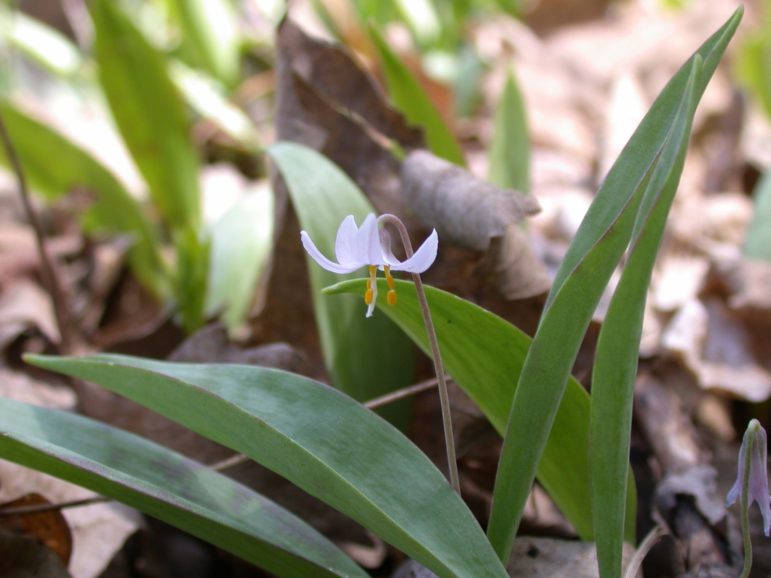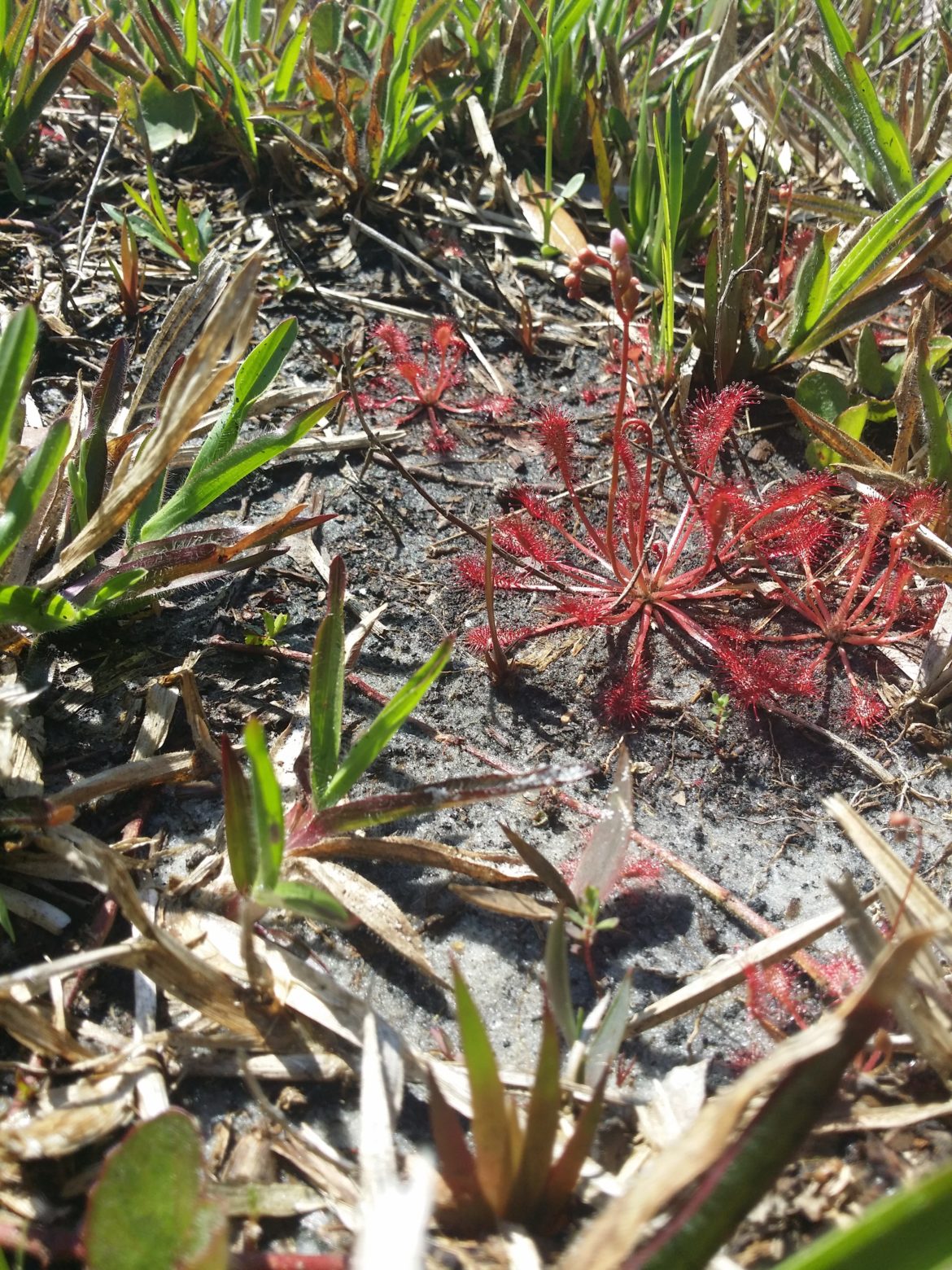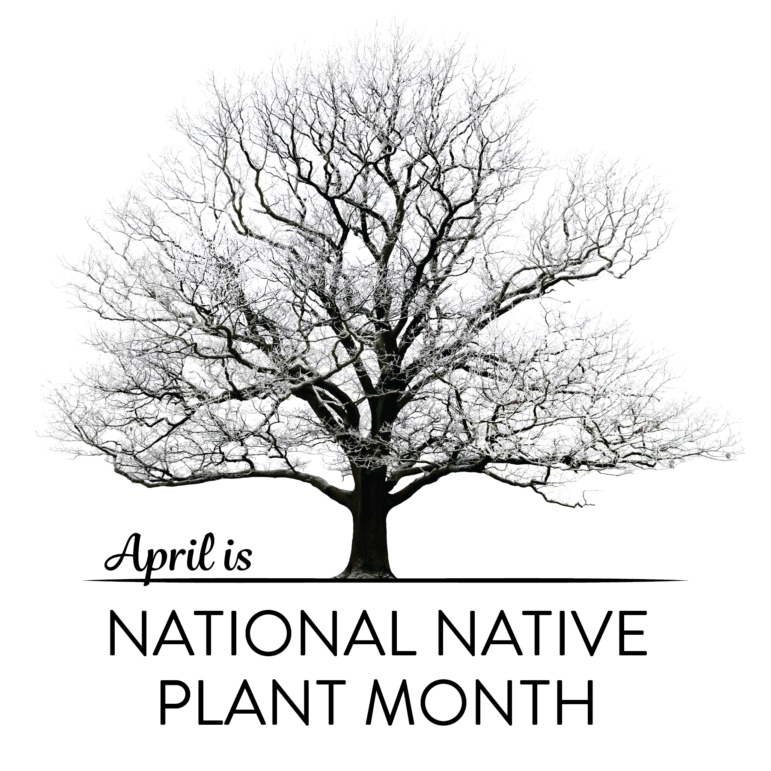Happy Native Plant Month – Life, News, Paganism, Politics, Science, USA, World
MIAMI — Various states and municipalities have celebrated Native Plant Month at different times of the year. April is now National Native Plant Month.
Two weeks ago, U.S. Senators Rob Portman (R-OH) and Mazie K. Hirono (D-HI) introduced a resolution designating April as “National Native Plant Monthto recognize the critical importance of native plants to environmental conservation and restoration as well as to the economy. Native plants also support local biodiversity of native wildlife communities and habitat restoration. The U.S. Senate passed the bill unanimously on April 1, 2022.
The U.S. Forest Service notes that “Native plants are adapted to the local climate and soil conditions where they naturally occur. These important plant species provide nectar, pollen and seeds that serve as food for butterflies, insects, birds and other native animals. Unlike natives, common horticultural plants do not provide energetic rewards to their visitors and often require pest control to survive.
Not only are native plants part of the local heritage, but they are also adapted to the local climate and soil conditions, allowing them to thrive with minimal attention and care. They are generally more drought tolerant and require less water than species imported from other regions. Native plants generally require less fertilizer and fewer pesticides than plants from other regions and lawns.
“I am proud to present this bipartisan resolution designating April 2022 as National Native Plant Month,” said Senator Portman. “Whether stabilizing soil, filtering air and water, or providing shelter and food for wildlife, native plants play an indispensable role in supporting resilient ecosystems as well as in our daily life. This bipartisan resolution highlights the importance of native plants and celebrates our rich ecological heritage here in Ohio and across the country.
Senator Hirono added, “Native plants are an important part of Hawaii’s history, culture and environment. As home to 44 percent of our country’s threatened and endangered plant species, in Hawaii, we understand the importance of protecting and preserving our native biodiversity. I am pleased to present this bipartisan resolution to recognize April as National Native Plant Month and to encourage all Americans to protect and incorporate native plants into their own communities,” Hirono said.
the invoice text notes that “over 200 of the plant species native to the United States are estimated to have been lost since the early 19th century” and that “habitat loss and degradation, extreme weather events, and invasive species have contributed to the decline of native plants in the United States.”

Smooth Solomon seal (Polygonatum biflorum) at Rock Island Woods, Wisconsin (2010). Similar to Polygonatum biflorum var. melleum which is now extinct – Image credit: Joshua Mayer – CC BY-SA 2.0
Indeed, the National Audubon Society states that “restoring habitat for native plants is essential to maintaining biodiversity. By creating a garden of native plants, each patch of habitat becomes part of a collective effort to nurture and keep the landscape alive for birds and other animals.
They further note that the United States has lost some 150 million acres of habitat and agricultural land to urbanization. This loss includes all kinds of ecological communities, from native oak forests to wetlands.
Native plants aren’t always as “pretty” as their more cultivated counterparts. Indeed, columnist Dave Barry wrote in The Miami Herald in 1983, “Americans would rather live next to a perverted heroin-addicted communist pornographer than a person with an unkempt lawn.”
Scientists have predicted an accelerated decline of insects and with them, pollinators and butterflies. This decline and the media attention on the plight of the charismatic insects lie. Monarch butterflies have inspired many people to include native plants in their gardens.
John Rowden, Senior Director of Bird-Friendly Communities at the National Audubon Society, said, “The modern world presents many challenges for birds, including pollution, habitat loss and climate change. Native plants support birds and other wildlife, providing food, shelter, and nesting sites. Because they are adapted to local conditions, native plants require less water and do not need pesticides or fertilizers to thrive. We hope this resolution will encourage people to use more native plants, which will benefit their communities and the birds and other wildlife that share them.

Minnesota dwarf trout lily pad (Erythronium propullans) endemic to a small area of Minnesota and listed as endangered – Public domain
State organizations focused on native plant preservation enthusiastically embraced the bill.
Bonnie Basham, President of the Florida Native Plant Society, said, “The Florida Native Plant Society is pleased to support this resolution which celebrates the relationship between native plants and all aspects of our daily lives. Native plants provide habitat, serve as a food source, and are an essential prerequisite for conserving our native wildlife for generations to come.
Doug Ripley, president of the Arizona Native Plant Society, said designating April as National Native Plant Month “would certainly raise awareness among the American people of the absolutely crucial role native plants play in helping to maintain environmental stability, diverse and sustainable ecosystems, and the aesthetic qualities of native plants for the enrichment of the lives of all Americans.

The carnivorous rose sundew (Drosera capillaris), one of Florida’s native sundews. [Photo credit: MJTM]
For those interested in growing native plants, native plant societies can be found in every state and province in North America. The Native Plant Society, which is “committed to preserving native plant habitat in wild areas and restoring native flora in developed areas,” shares a list of native plant societies as well as international chapters and resources.
the American Horticultural Society also compiles a list of native plant societies in the United States and Canada. Another resource is The Savagesan organization that “promotes healthy and environmentally responsible landscaping to preserve biodiversity through the preservation, restoration and establishment of native plant communities”.
It is important to note that native plants should never be harvested from the wild. Some are exploited commercially and others are regulated or threatened. Native plant societies can recommend sources of native plants. Local master gardeners and master naturalists can also recommend nurseries that specialize in native plants.


Comments are closed.